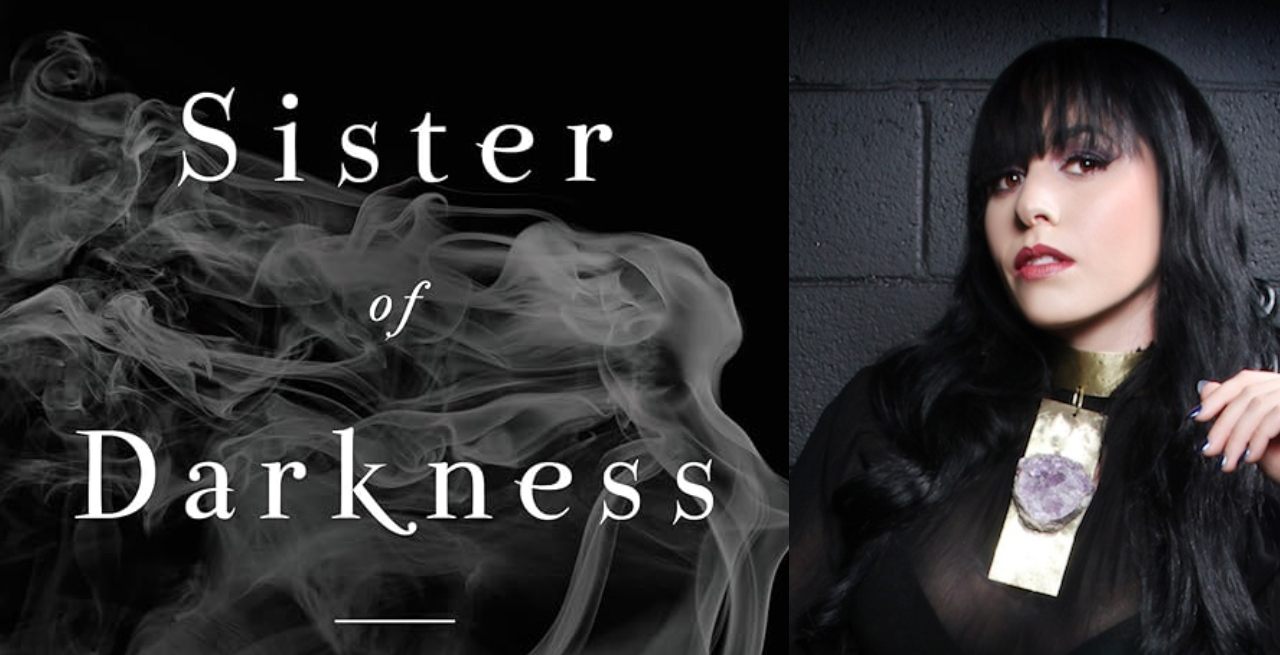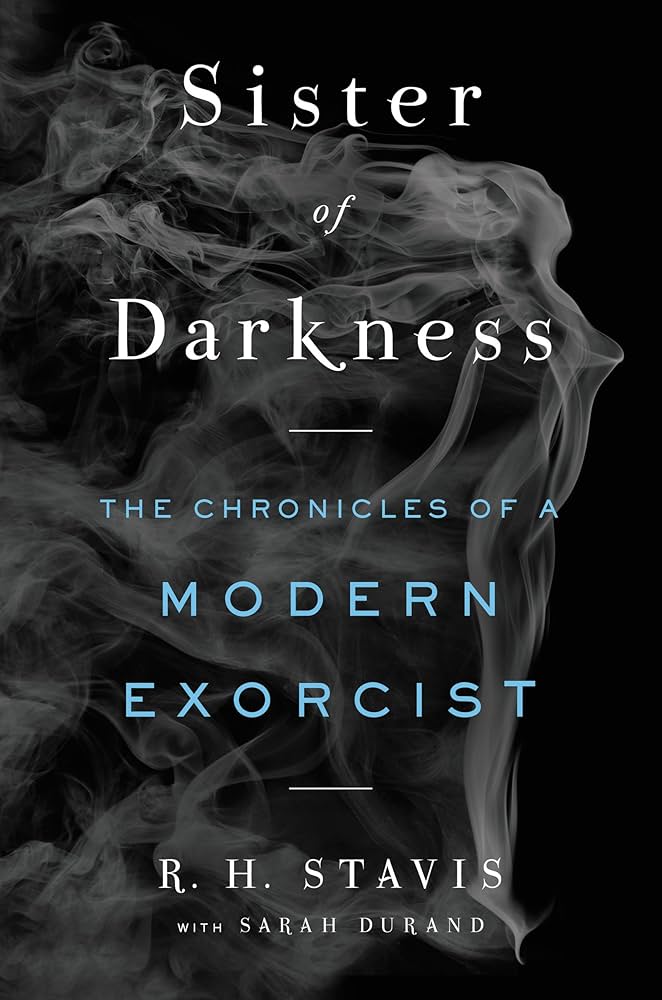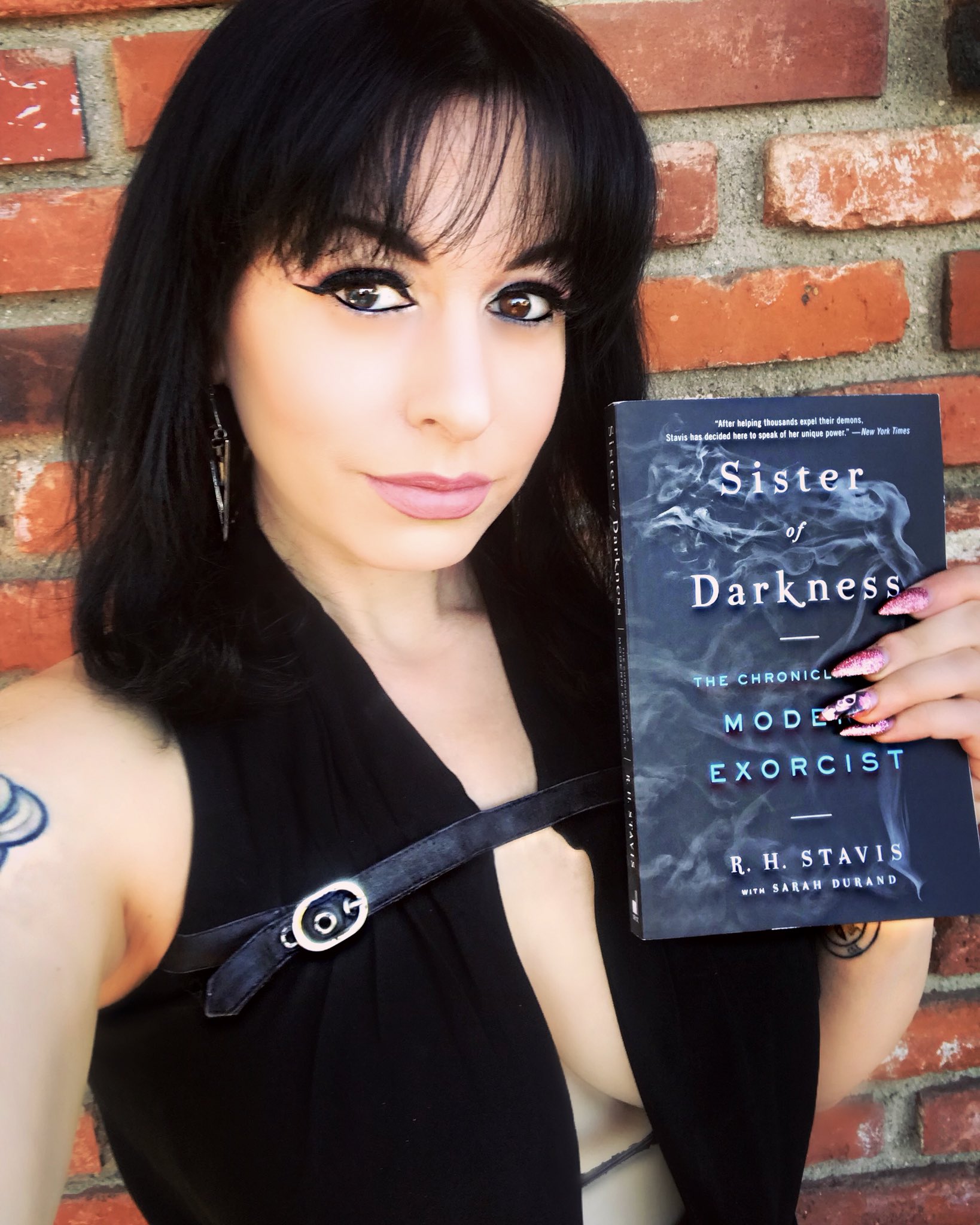
Demonic possession has always fascinated and terrified many. The idea of losing oneself both physically and mentally to an intangible force feels akin to a dreadful disease. However, as depicted in classic films dealing with this subject matter, medicine can’t do much when someone suffers from a spiritual affliction.
That is when the figure of the exorcist appears, casting out the evil force that has attached itself to the soul of a person. Thanks to Hollywood movies, you might be imagining an old and circumspect priest reciting Bible verses while confronting a possessed little girl. But the truth is, exorcism is not exclusive to Catholicism. In fact, many cultures and religions have their own belief systems that acknowledge the idea of possession. Still, have you ever heard about a secular exorcist? Someone who does not align with any traditional religion and has created their belief system about what to do in case of spiritual infestation? Well, if you haven’t and now you are curious about it, you are in luck. R.H. Stavis’s new autobiography, Sister of Darkness: The Chronicles of a Modern Exorcist, will open a door to the world of a woman who devotes her life to releasing various kinds of evils from a long list of clients, some of them too famous to name.
What is Sister of Darkness: The Chronicles of a Modern Exorcist about?

The author, R.H. Stavis, has been capable of seeing supernatural entities since she was a little girl. Whether they were hiding in the corners of her bedroom or attached to friends and loved ones, she grew up scared of them and felt unsupported in her ordeal. Dealing with a narcissistic and dismissive mother did not help either. It wasn’t until adulthood that she decided to embrace her gift and help others.
We are not here to judge if the contents of Stavis’s writing are autobiographical or not. That is something that probably will be always up to debate. However, what is fact is the incredibly candid style of Stavis’s writing as she shares an insight to how she sees the world and tries to make sense of it. Stavis did not grow up in a religious household, so she did not have the language to give a name to what she saw. That’s why she crafted her belief system based on common sense sprinkled with pop culture references.
It’s difficult not to chuckle knowledgeably when she describes what she calls a “terrible entity” as a “Clive,” a reference to a Clive Barker creature. She also tries to evoke book covers and other resources to help us visualize what she sees. It doesn’t matter if you believe what she says. Stavis knows how to make these entities sound scary and convey her feelings when she encounters them.
Her descriptions of how these entities attach to their victims and react when they are exorcised also paint a frightening picture. Whether you like it or not, Stavis and the people behind this work know how to make you feel uneasy, even if you are well-versed in books dealing with demonic possession.
What makes Sister of Darkness: The Chronicles of a Modern Exorcist noteworthy?

From a literary standpoint, the book makes for an interesting read. Stavis’s voice is candid and comes across as delightfully unapologetic. She sees what she sees, and she is not afraid to share. This attitude imbues her anecdotes with a lighthearted characteristic, making you feel like she is your friend talking about her day. Instead of feeling jarring, it gives the narrative a welcomed lightness.
Unfortunately, this levity can be a bit too much at times (depending on the reader). When Stavis references how spiritual infestation can affect mental health, it might not sit well with some. After all, there is a long history of mental health issues being dismissed as a “spiritual imbalance”. Let’s be clear here, Stavis never engages in this behavior, and if anything, she is very empathetic to whatever ordeal her clients are going through. What we are saying here is that it may feel a bit uncomfortable to read if you still bear the rawness of religious trauma, especially if it involves mental health issues like depression or personality disorders.
Other than that, even if you don’t believe anything that is brought up in the book, this is an engaging read, and, from an anthropological point of view, it is worthy of investigation. As mentioned before, Stavis did not have the language to make sense of what she was perceiving, so she used a variety of sources to take inspiration. Somehow, this mixture of pop culture references and common spiritual knowledge hardly clashes. If anything, it feels like the culmination of contemporary syncretism in terms of religion and culture.
Final Thoughts
Despite any objections, Sister of Darkness: Chronicles of a Modern Exorcist offers a thought-provoking exploration of the human experience with the supernatural, making for a compelling read for those interested in the intersection of spirituality, culture, and the unexplained. Whether you believe the contents or dismiss the concept entirely, numerous people still reach out to Stavis for help with the supernatural, certainly adding a stronger sense of believability. By fearlessly sharing her experiences, Stavis opens a new window into the enigmatic realm of exorcism for us to gain fresh insights, challenge preconceptions, and foster a deeper understanding of the supernatural.
More Book Reviews
Sleep Alone (2023) Book Review | Does Mother Know Best?
For the past six years, Ronnie has worked selling merch for a perpetually touring band. Late nights, sweaty clubs, dingy motel rooms, endless roads—as rough as it’s been, there is…
Perfect Blue (1991) Book Review – Thank God for Satoshi Kon
Paraphrasing the words of a certain author, it is a truth universally acknowledged that a book will be almost always better than its movie adaptation. Yes, almost always because, despite…
The Grimoire of Horror Celebrates Pride Month
Celebrating Pride Month With LGBTQIA2S+ Horror Authors From Around the World It’s Pride Month, and we are thrilled to fly our flag along with these amazing horror authors who identify…
The Horror Zine’s Book of Monster Stories (2024) Book Review – These Stories Will Absolutely Knock Your Socks Off
What sorts of things go bump in the night? What monstrous things come to feast upon your flesh and bone? Are they real or imagined, and in the end does…
Top 10 Reads for the Spooky Season 2023
Bringing you a list of the most terrifying books we’ve read this past year. Hold onto your hats, it’s going to be a bumpy ride. List: Becoming the Boogeyman –…
Grimoire of Horror Halloween Season Book Recommendations
As fall approaches, it’s the perfect time to slow down, grab a cup of tea or spiced coffee, a cozy blanket, and settle in with a good read. There aren’t…
Hi everyone! I am Javi from the distant land of Santiago, Chile. I grew up watching horror movies on VHS tapes and cable reruns thanks to my cousins. While they kinda moved on from the genre, I am here writing about it almost daily. When I am not doing that, I enjoy reading, drawing, and collecting cute plushies (you have to balance things out. Right?)





